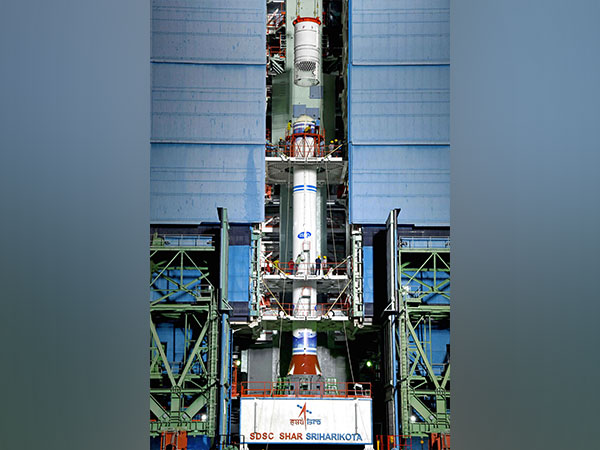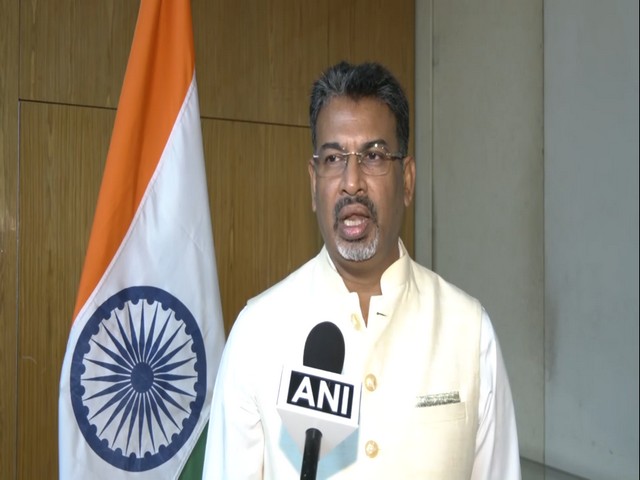Nellore (Andhra Pradesh) [India], August 16 (ANI): ISRO’s Earth Observation Satellite-8 (EOS-8) is expected to be launched by the Small Satellite Launch Vehicle (SSLV)-D3 on Friday from Sriharikota in Andhra Pradesh.
The launch of the third developmental flight of SSLV is scheduled for August 16, 2024, in a launch window of one hour starting at 9.17 am, ISRO said in a post on X.
Visuals from the space centre showed students and other individuals arriving to witness the launch. 
“I have come to ISRO to see the satellite launch. It is a unique experience. I wish the scientists good luck for their hard work,” Greeva Agarwal, a student said.
A research engineer working in Chennai (Tamil Nadu), Pranav said that he was excited to witness the launch. 
“This is the first time I am witnessing a launch through the launch gallery but I have been to ISRO, I had a tour of the ISRO campus in 2018. Being here and witnessing the launch is exciting for me. I wish all the very best to all the scientists of ISRO who have been working here. This is the first time I heard about SSLV and it is great to be here,” Pranav said while speaking to ANI.
EOS-08 is ISRO’s latest Earth Observation Satellite, slated for launch by the Small Satellite Launch Vehicle (SSLV)-D3. The spacecraft is designed for a mission duration of one year.
The primary objectives of the EOS-08 mission include designing and developing a microsatellite, creating payload instruments compatible with the microsatellite bus, and incorporating new technologies required for future operational satellites, an ISRO release said earlier.
Built on the Microsat/IMS-1 bus, the EOS-08 carries three payloads: the Electro-Optical Infrared Payload (EOIR), the Global Navigation Satellite System-Reflectometry Payload (GNSS-R), and the SiC UV Dosimeter.
The EOIR payload is designed to capture images in the Mid-Wave IR (MIR) and Long-Wave IR (LWIR) bands, both during the day and night, for applications such as satellite-based surveillance, disaster monitoring, environmental monitoring, fire detection, volcanic activity observation, and industrial and power plant disaster monitoring. The GNSS-R payload demonstrates the capability of using GNSS-R-based remote sensing for applications such as ocean surface wind analysis, soil moisture assessment, cryosphere studies over the Himalayan region, flood detection, and inland waterbody detection. (ANI)
Disclaimer: This story is auto-generated from a syndicated feed of ANI; only the image & headline may have been reworked by News Services Division of World News Network Inc Ltd and Palghar News and Pune News and World News
HINDI, MARATHI, GUJARATI, TAMIL, TELUGU, BENGALI, KANNADA, ORIYA, PUNJABI, URDU, MALAYALAM
For more details and packages

















